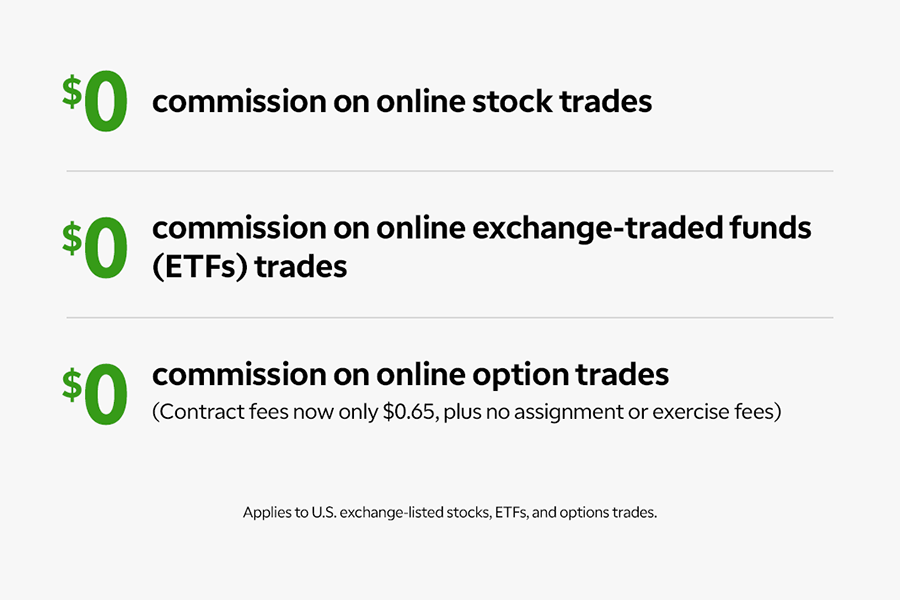



Granted, the short-term nature of weekly options makes them inherently more risky (read on for more about the dynamics of short-term options), but an option with, say, three days left has the same inherent risks regardless of whether it’s labeled a weekly or a serial. The question around weekly options is often: “What’s the difference between weekly and serial options?” The answer? More frequent expiration dates. Read on to see if weeklys might be right for you. Plus, because the risk dynamics of options change as you get closer to expiration, some options strategies are designed for the short term. Weeklys are short-term products designed to help give option traders more targeted exposure to market events, such as earnings reports and economic data releases. Īnd if you look at options on broad-based indices such as the S&P 500 (SPX), you might see up to three expirations per week. Nowadays, you can buy and sell call and put options on monthly (“serial” or “third-Friday”) contracts, plus weekly expirations (“weeklys”) on non-serial Fridays. Once upon a time-pre-2005 actually-stock options expired once per month, typically on the third Friday. Some traders use weeklys to target single events, such as earnings, company news, or economic reports.All else equal, short-term options have lower premiums but higher theta and gamma.


 0 kommentar(er)
0 kommentar(er)
